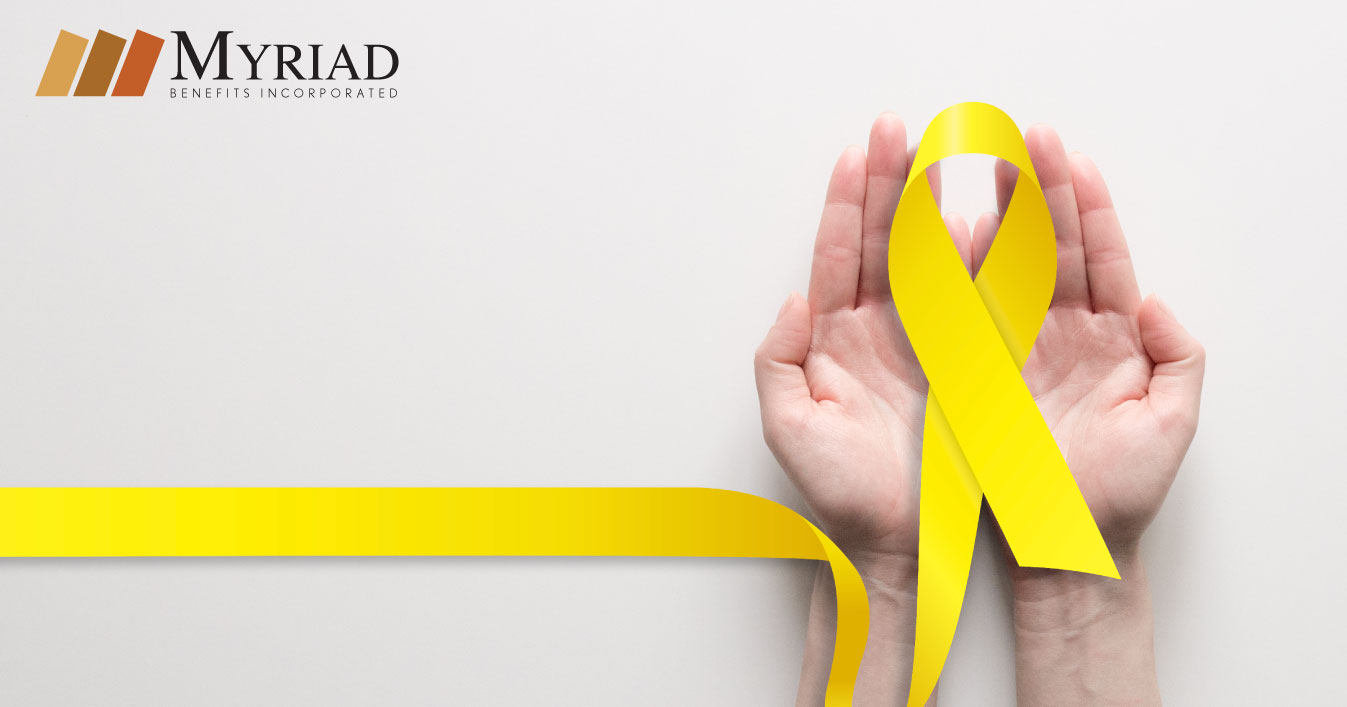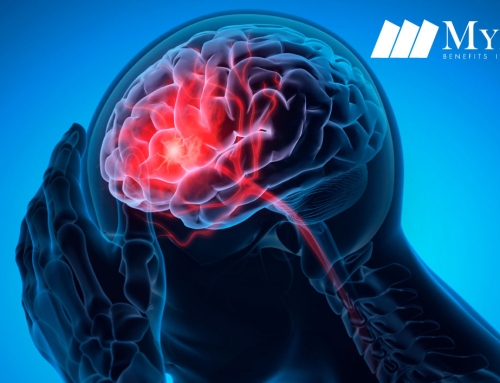Endometriosis is a nonthreatening disease that affects women during their reproductive years. It is characterized by the presence of uterine tissue in body parts other than the uterus, generally the ovaries, fallopian tubes, and pelvic area. It rarely spreads beyond the pelvic organs.
This condition can be very weakening and is commonly associated with chronic pelvic pain during menstruation and with infertility.
Learn about the most common endometriosis symptoms:
Painful periods (dysmenorrhea).
Pelvic pain and cramps can start before the period and extend through many days after the period. Low back pain and abdominal pain.
Painful sexual intercourse.
When you have endometriosis, it is common to feel pain during or after intercourse.
Painful bowel movements or urination.
During the menstrual periods.
Excessive bleeding.
It may be possible to have periods with heavy bleeding (menorrhagia) or bleeding between periods.
Sterility.
Endometriosis is associated with infertility because the ovaries are one of the most-frequently compromised areas, causing chronic inflammation, scarring, and adhesions in the ovaries and the fallopian tubes.
Other symptoms.
Weariness, diarrhea, constipation, gases, or nausea, especially during the menstrual periods.
Endometriosis can be confused with other conditions that also cause pelvic pain. It’s important that you pay attention to the frequency, intensity, and duration of the symptoms. Also, it’s important that you identify what worsens or improves any symptoms. It is of vital importance that you consult your physician if you have any of these symptoms, because it may be an indication of endometriosis.
Por: Tania Mangual-Monzón, BSHE, MS
References:
Mayo Clinic mayoclinic.org
National Institute of Child Health and Human Development nichd.nih.gov













